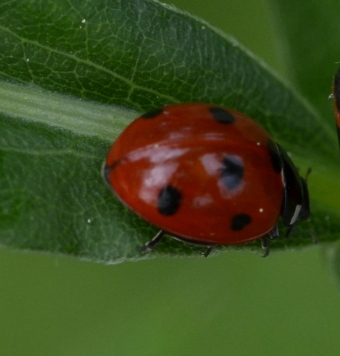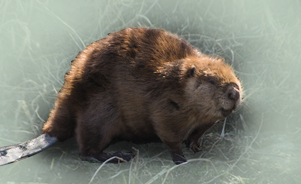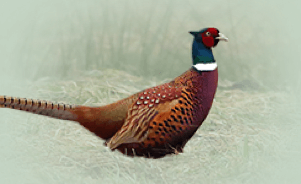Seven-spot ladybird Coccinella septempunctata

Features
Adults and larvae are almost insatiable predators of various aphids. In danger, it can secrete a yellowish hemolymph from the joints, which is toxic and causes vomiting. There are fears that the seven-spot ladybird is being outcompeted for food by the harlequin ladybird. It is a symbol of happiness.
| Species | Insect |
| Living space | Bright forest, Clean or mixed forest, Conifer forest, Dark forest, Deciduous forest, Meadow, Mixed forest, Treeline |
| Size | 5-8 mm |
Description
Adults: a very recognizable beetle. The body is semicircularly rounded. The head is quite small, black with white dots. The breast (pronotum) is also shiny black, with a basal white spot on each side (the spot reaches only halfway up the chest). The caps are bright red, with 3 black dots on each cap and a black dot in the basal part that merges into a seemingly single dot (hence the “seven dots”). The legs are black, fairly short, it can pull them below the level of the abdomen. The coloration can vary, from yellow to intense red. The larvae are oblong, gray-blue, with yellow breasts that have a central dark spot, and with yellow spots on the 3rd and 6th joints of the hindquarters.
Features Temenica (3)
SPECIAL ogr.




